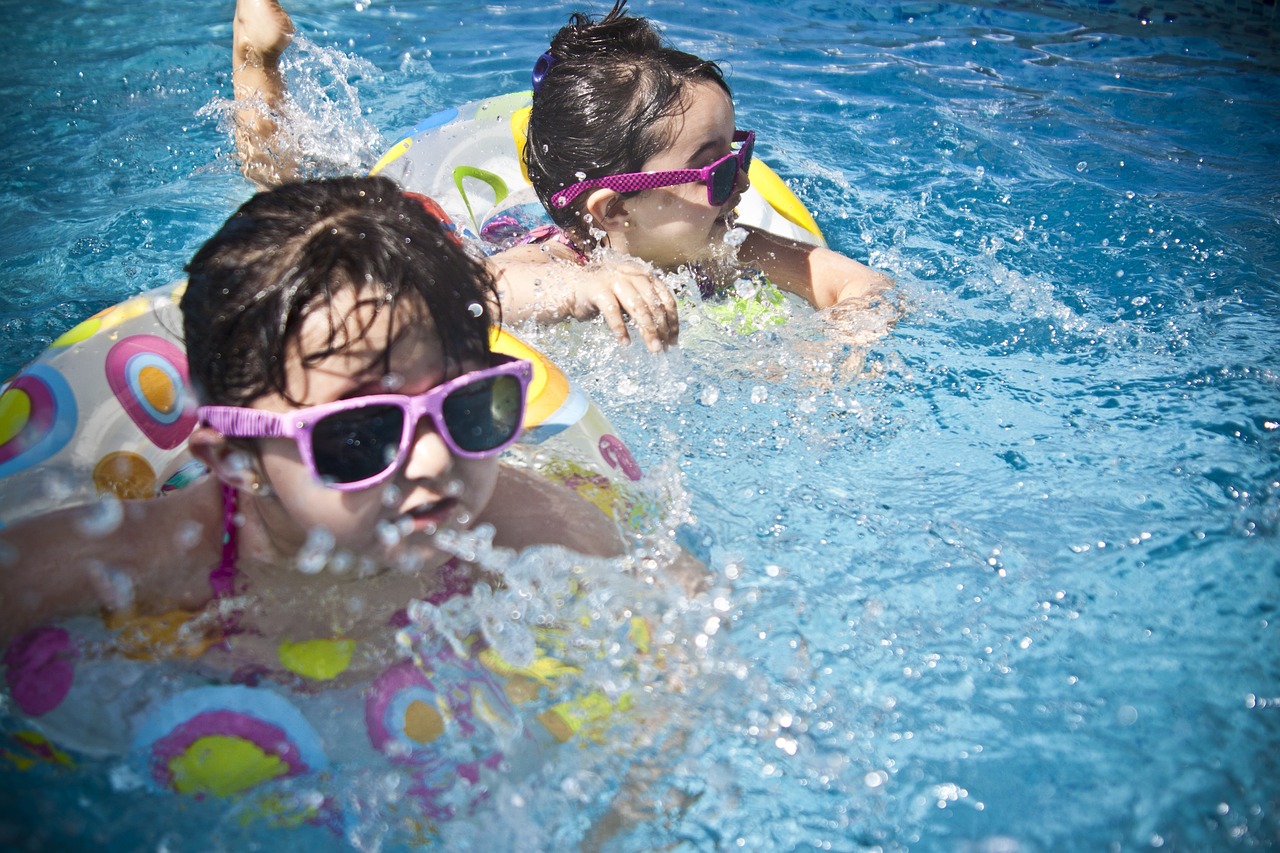Many adults consider swimming lessons as a way to improve fitness, gain confidence in the water, or learn a new skill. Swimming lessons for adults are designed for all levels, from complete beginners to those looking to enhance their technique. They focus on building comfort, breathing control, and stroke efficiency through structured, often personalized instruction.
Programs often offer group, private, or semi-private lessons to suit different learning preferences and goals. Adult lessons typically cover essential skills such as floating, breathing rhythm, and various strokes, which help participants progress at their own pace. The availability of progressive levels ensures that swimmers can continue developing beyond basic skills.
Swimming is a practical activity that supports overall health and safety, making adult lessons valuable beyond recreation. Whether someone wants to swim for exercise, compete, or simply stay safe around water, lessons provide clear, achievable guidance.
Benefits of Swimming Lessons for Adults
Swimming lessons offer measurable improvements in physical health, mental clarity, and essential safety skills. These benefits support long-term well-being and practical competence in and around water.
Physical Health Improvements
Swimming engages nearly all muscle groups, promoting strength, endurance, and flexibility. It is a low-impact exercise, making it suitable for adults with joint concerns or those recovering from injury. Consistent swimming can improve cardiovascular health by increasing heart rate without stressing the body.
Regular swimming lessons also boost lung capacity and enhance overall aerobic fitness. Unlike some high-impact sports, swimming minimizes the risk of injury while still providing effective calorie burning. This combination makes it an accessible and efficient exercise option for diverse fitness levels.
Mental Well-Being
Swimming’s rhythmic movements and the sensation of buoyancy help reduce stress and promote relaxation. The controlled breathing involved can enhance mindfulness and contribute to improved focus. Many adults report a heightened sense of calm after swimming sessions.
The social environment of group lessons can also alleviate feelings of isolation. Participating in swimming classes may increase confidence and provide a sense of accomplishment. Overall, swimming offers mental health benefits by encouraging both physical engagement and psychological rest.
Water Safety Skills
Swimming lessons for adults teach critical safety techniques that can prevent drowning and reduce water-related accidents. Learning to swim increases awareness of water hazards and builds the ability to respond effectively in emergencies.
Skills taught often include floating, treading water, and safe entry and exit methods. These practical capabilities can be lifesaving, especially for those who spend time near pools, lakes, or oceans. Competence in water safety also encourages greater freedom and enjoyment of aquatic activities.
Getting Started With Adult Swimming Lessons
Adult swim lessons require careful selection of instructors, understanding class formats, knowing what to expect in the pool, and preparing with the right gear. These factors contribute directly to a safe and effective learning experience.
Choosing the Right Instructor
Selecting an instructor with experience teaching adults is essential. Adults often learn differently from children, so finding trainers who focus on adult needs, patience, and individualized attention improves progress.
Certification and background matter. Instructors should hold recognized swimming or lifeguard qualifications. Checking reviews or asking for trial lessons helps gauge teaching style and comfort level.
An instructor who addresses fears and builds confidence step-by-step will support consistent improvement. Group sizes typically affect attention; smaller classes mean more personalized feedback.
Types of Adult Swimming Classes
Adult classes vary by skill level, goals, and format. Beginners will find courses focused on water comfort and basic strokes, while advanced classes work on technique and endurance.
Options include private lessons, small group classes, and sometimes specialized workshops like stroke correction or open water skills.
Many courses emphasize water safety alongside swimming ability. Fitness-oriented classes combine swimming with cardio exercise for health benefits.
Choosing a class depends on availability, budget, and comfort. Group sessions generally cost less but may progress slower than private lessons.
What to Expect in Your First Session
The first session usually starts with water familiarization. Instructors guide learners through basic exercises to reduce fear and increase comfort moving in water.
Expect simple breathing drills and floating practice. The goal is building confidence rather than intense swimming from the start.
Teachers assess skill levels and set achievable goals. Sessions often end with feedback and tips for improvement.
New swimmers should anticipate a gentle pace and supportive environment rather than high-performance expectations at this stage.
Essential Gear and Preparation
Proper gear impacts comfort and safety in lessons. A snug, non-restrictive bathing suit is necessary for ease of movement.
Quality goggles protect eyes from irritation and help learners focus on technique. Swim caps keep hair secure and improve pool hygiene.
Bringing a towel, water bottle, and flip-flops adds convenience. It is also helpful to arrive early to acclimate to the pool surroundings.
Physical preparation involves light stretching and ensuring adequate hydration before swimming. Avoid heavy meals directly before the lesson.







Leave a Reply